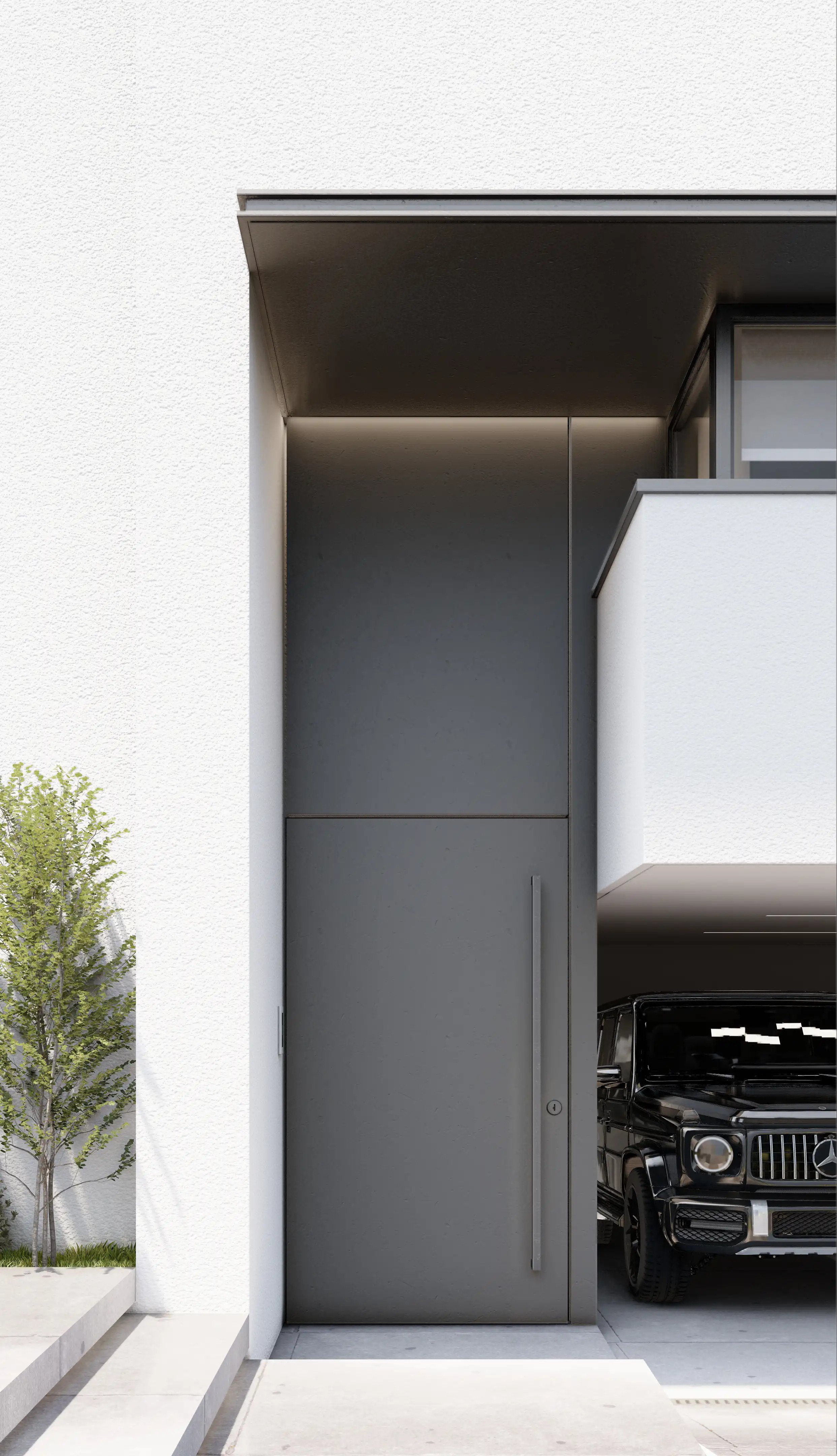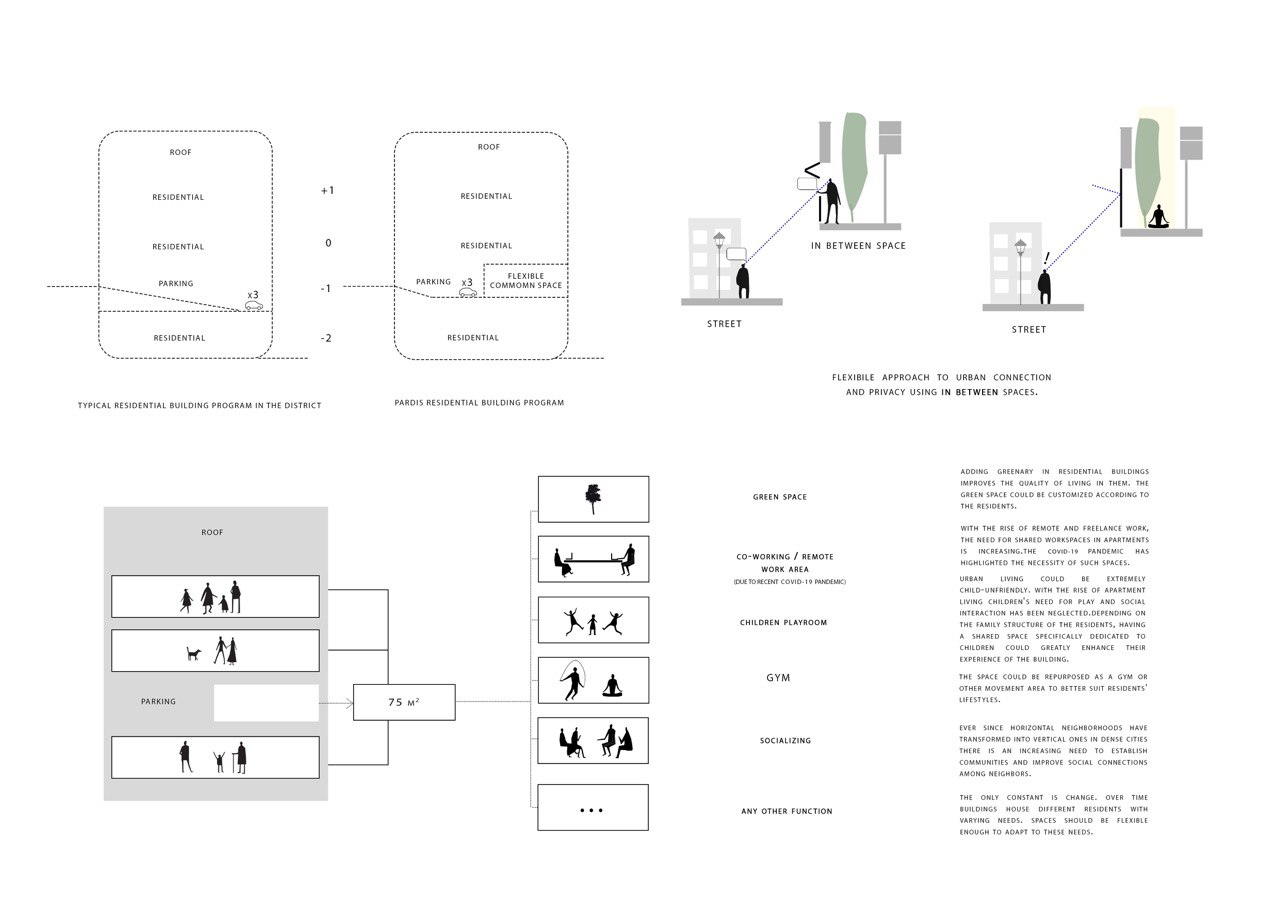Have you ever considered what happens when grand plans for a new city hit unexpected bumps along the way? It's almost like a story of big dreams meeting real-world challenges, and that, in a way, brings us to Pardis Iran. Imagine setting out to build a truly modern city, complete with all the latest infrastructure and amenities one could wish for, only to find the journey taking a very different turn midway through its creation.
This is, in essence, the simplified story of Pardis, a place that some have even called a "ghost town" due to its partially unfinished state. It is a city that carries a name meaning "paradise" in Persian, a name that surely reflects the high hopes and aspirations held for it from the very beginning. Yet, the reality presents a compelling picture of a community still finding its footing, with nearly half its buildings remaining incomplete, a visual reminder of those initial, ambitious plans.
Pardis is a city located in the Central District of Pardis County, which is itself part of Tehran Province, Iran. It serves as the capital for both the county and its district, a significant designation for a relatively new urban area. Situated about 17 kilometers northeast of Tehran, it functions as a satellite city, a place meant to help ease the population pressures of the larger capital. It's a fascinating example of urban development, particularly in how it balances its intended purpose with the ongoing realities of its growth, or perhaps, its pauses in growth, you know?
Table of Contents
- Pardis Iran: A City Unfolding
- The Vision and the Reality
- Pardis Technology Park: A Hub of Innovation
- Life in Pardis: Challenges and Charms
- Geographical Context and Natural Beauty
- The Future of Pardis Iran
- Frequently Asked Questions About Pardis Iran
Pardis Iran: A City Unfolding
Pardis, often referred to as Shahr-e Jadīd-e Pardīs, which literally means "New City of Pardis," holds a special spot on the map of Iran's urban planning. It's not just another town; it's a planned community, designed to accommodate growth and offer a fresh start for many. This city, you know, has been a topic of much discussion, particularly because of its unique development path. It’s a suburb that sits just a short drive from Tehran, making it a key part of the larger metropolitan area, more or less.
The establishment of Pardis aimed to address the increasing population and housing needs of Tehran. The idea was to create a modern, self-sufficient city with good services and living spaces. However, the story of its construction is a bit more complicated than just building new homes. There's a narrative of ambition, certainly, but also one of projects that didn't quite reach their full completion as quickly as hoped, apparently.
At the time of the 2006 census, Pardis was already a recognized entity, and by the 2016 National Census, its population figures provided a clearer picture of its ongoing growth. These numbers help us track how the city has been expanding, even with its unique challenges. It’s really quite interesting to see how a place like this develops over time, especially when it's meant to be a solution for urban expansion, you know?
The Vision and the Reality
The initial vision for Pardis was quite grand, truly aiming for a mega-city status with state-of-the-art facilities. This included plans for extensive housing, commercial centers, and all the infrastructure needed for a bustling urban environment. The name itself, "paradise," certainly suggests a place of ideal living. But, as a matter of fact, the reality of building something so large often brings its own set of difficulties, doesn't it?
One of the most striking aspects of Pardis today is the visual evidence of these challenges: nearly half the buildings remain unfinished. This creates a rather unique landscape, where modern, completed structures stand alongside skeletal frames of what was meant to be. It’s a powerful visual reminder of the complexities involved in such large-scale urban projects. This situation, in some respects, has led to the "ghost town" description, which, while perhaps a bit dramatic, captures the essence of its current state.
A key hurdle for residents and those working in Pardis is the transportation connection to Tehran. There is, unfortunately, no subway line directly linking Pardis to the capital. This means that daily commutes and access rely on other forms of transport, which can be less efficient for a satellite city. This lack of a direct rail link is a significant point for a place designed to serve as a major suburb, honestly, and it affects daily life for many.
Pardis Technology Park: A Hub of Innovation
Despite the challenges in its general urban development, Pardis is home to a truly significant and forward-looking institution: the Pardis Technology Park (PTP). This park, established in 2005, is actually the biggest technology park in the entire country. It represents a vital hub for innovation, research, and development within Iran, pretty much.
The PTP is not just a collection of buildings; it's a dynamic ecosystem designed to foster technological advancement. It attracts companies, startups, and researchers, creating a vibrant atmosphere of creativity and progress. The park is overseen by a board of trustees, which currently has 14 members, guiding its direction and ensuring its continued growth. This structure helps maintain its focus and strategic development, you know?
The existence of the Pardis Technology Park offers a compelling contrast to the unfinished residential areas of the city. It showcases a different facet of Pardis's identity – one that is firmly rooted in the future and technological innovation. This park, in a way, symbolizes the country's aspirations to be a leader in technology and science, providing a dedicated space for bright minds to collaborate and create. It’s a very important part of what Pardis is becoming, frankly.
Life in Pardis: Challenges and Charms
Living in Pardis, like any place, comes with its own set of experiences. For those who call it home, the uncompleted sections might be a daily sight, yet the community still functions and grows. People here navigate the existing infrastructure, making the most of what is available. It’s a testament to human adaptability, really.
The city's development is an ongoing process, and while there are visible signs of incomplete projects, there are also areas that are quite modern and well-appointed. Residents here are part of a newer urban experiment, watching their city take shape, sometimes slowly, sometimes with bursts of activity. It’s a different kind of urban experience compared to older, more established cities, obviously.
Pardis also offers a unique cultural connection, tied to the very meaning of its name. "Pardis," meaning "paradise," resonates with a sense of hope and a desire for a beautiful, nurturing environment. There are efforts, perhaps through local initiatives or community groups, to foster a sense of belonging and cultural pride, especially for families with Iranian heritage, focusing on language and cultural education. This helps build a stronger community spirit, to be honest.
Geographical Context and Natural Beauty
Pardis County, where the city of Pardis is located, is part of the larger Tehran Province. The geographical setting of Pardis is quite noteworthy. The county has an elevation of 1,750 meters, which places it at a considerable height above sea level. This elevation often means cooler temperatures compared to lower-lying areas, and it can offer pleasant views, too it's almost.
Beyond the city limits, the broader region around Pardis is rich in natural features. Mount Pardis, sometimes known as Padri, is a significant landmark in the nearby Zagros range. This mountain is known for its deep history and its varied wildlife, making it a point of interest for those who appreciate nature and regional lore. It’s a place where myths and legends have been passed down through generations, adding a layer of historical significance to the area, you know?
The presence of such natural beauty close to an emerging urban center provides an interesting balance. It offers residents access to outdoor activities and a chance to connect with the natural environment, which is a valuable aspect of urban living. This blend of planned city life and natural surroundings contributes to the overall character of the Pardis region, in a way.
The Future of Pardis Iran
Looking ahead, Pardis Iran is a city with considerable potential, even with its current state of development. The presence of the Pardis Technology Park, as the country's largest, clearly positions the city as a future-focused hub for innovation. This technological core is a powerful driver for continued growth and investment, frankly.
The ongoing trends for 2024 suggest a continued focus on completing existing projects and improving the overall infrastructure. While there is no subway connection to Tehran currently, future plans might address this crucial need, further integrating Pardis into the greater Tehran metropolitan area. Such improvements would certainly make the city more attractive for both residents and businesses, you know?
Pardis represents a fascinating case study in urban planning and development. It’s a city that embodies both the challenges and the aspirations of modern growth in Iran. Its story is still unfolding, and it will be interesting to observe how it transforms in the coming years, as it continues to balance its original vision with the realities of its unique journey. You can learn more about urban development on our site, and for more details about the region, check out this page here.
Frequently Asked Questions About Pardis Iran
What is Pardis Iran known for?
Pardis Iran is known as a satellite city of Tehran, originally planned as a large, modern urban center. It's also very much recognized for housing the Pardis Technology Park, which is the biggest technology park in Iran, honestly.
Is Pardis Iran a "ghost town"?
While some parts of Pardis have been described as a "ghost town" because nearly half of its buildings remain unfinished from its initial construction phases, it is actually a functioning city and the capital of Pardis County, with a growing population, you know.
How far is Pardis from Tehran?
Pardis is situated about 17 kilometers northeast of Tehran, making it a relatively close suburb of the capital. This proximity is a key part of its role as a satellite city, more or less.



Detail Author:
- Name : Miss Amie Nienow Jr.
- Username : dherman
- Email : legros.joanne@bosco.biz
- Birthdate : 2004-03-04
- Address : 6404 Langworth Stream South Wayne, OR 98989
- Phone : 469-721-9029
- Company : Weissnat-Eichmann
- Job : Rail Transportation Worker
- Bio : Non sed nam quod. Animi rem et omnis. Aliquid laborum ea reprehenderit incidunt reiciendis dolorem et.
Socials
instagram:
- url : https://instagram.com/freida2245
- username : freida2245
- bio : Fuga praesentium eum pariatur non laudantium. Quis enim quidem eaque magnam quod exercitationem.
- followers : 1485
- following : 1529
linkedin:
- url : https://linkedin.com/in/blickf
- username : blickf
- bio : Tempora alias aut in adipisci dolor.
- followers : 1730
- following : 342

